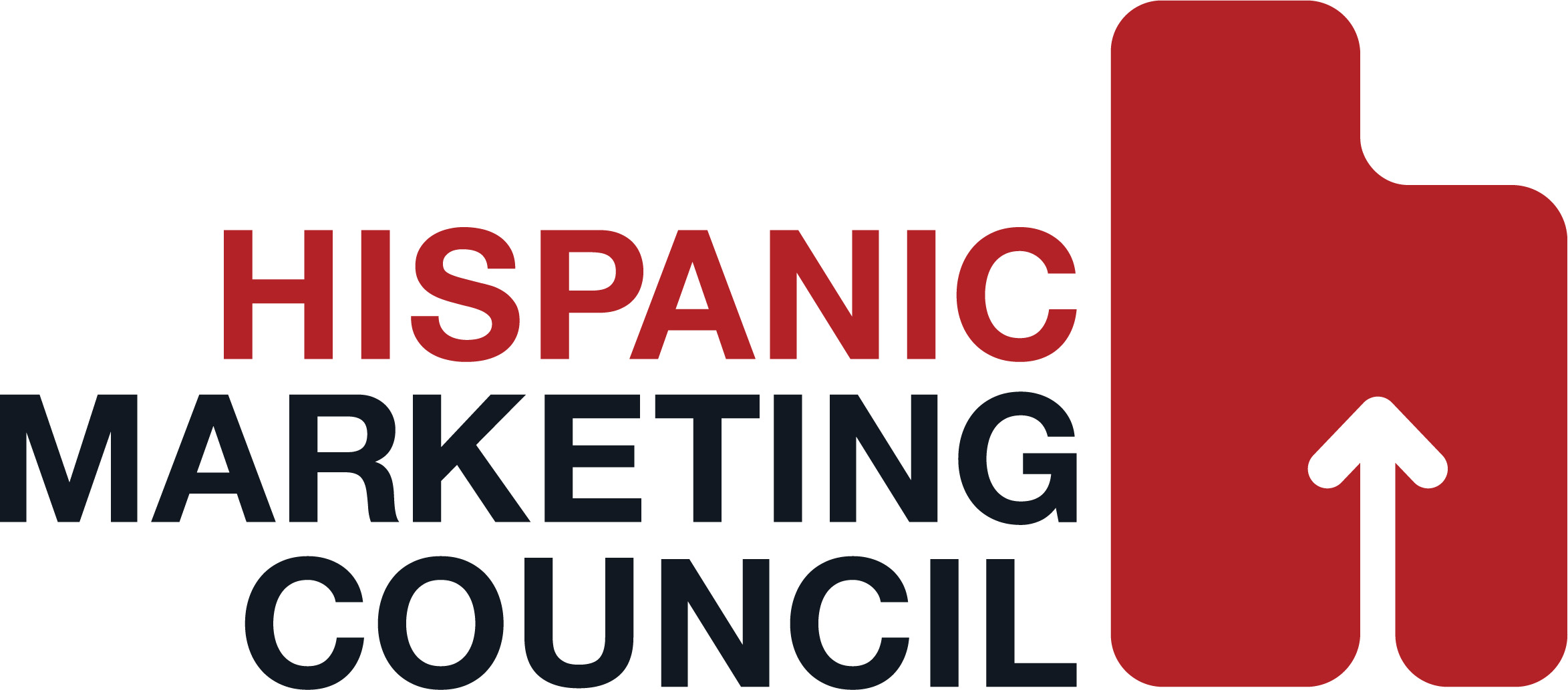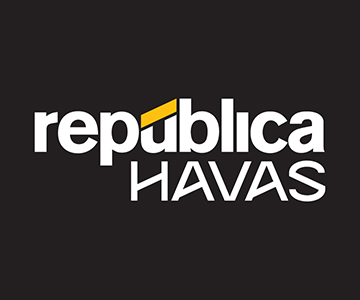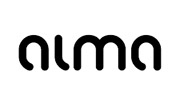First-Ever Fiber Optic Link Between U.S. & Mexico In San Diego.
July 9, 2001
Nine years ago, Cox Communications and Cablemas, the second-largest cable company in Mexico, recognized the demand for high-quality video and data reception for every cable customer in San Diego and Tijuana.
Explosive growth in the maquilladora industry following the NAFTA agreement fueled demand for fast, dependable data transmission. By 1992, fiber optic technology made it possible to transport high quality signals over long distances. Vision married technology and demand, and the result was the U.S.-Mexico Interconnect Project, the first-ever fiber optic connection between the United States and Mexico.
The fiber connection was constructed just in time to offer the San Diego Padres season opener to Cablemas customers last year, thus establishing the Mexican cable company as Channel 4 San Diego’s first international affiliate.
In addition to providing high-quality television signals and specialized programs that reach both sides of the border, the U.S.-Mexico Interconnect Project provides high-speed data connection between universities, governments, private industry and other entities in both countries, as well as transporting high-speed Internet access into Mexico. The connection became operational in April 2000 when Cox Communications activated a video link to Cablemas.
Cox Communications provides connectivity via fiber optic cable from the San Diego Super Computer Center, located at the University of California San Diego, to Tijuana. The connection is then uplinked from Tijuana to Mexico City by the Corporacion Universitaria para el Desarrollo de Internet (CUDI), a consortium of Mexican universities.
This first link has proved so successful that Cox Communications and Cablemas have completed the design for a second “virtual border crossing.” The second link will provide additional capacity along with a redundant route for increased reliability. The U.S.-Mexico Interconnect Project will be the only network with the capability to offer the following international information services between the United States and Mexico:
— Distance learning and research exchange between universities, museums and scientific institutions;
— Data links between city and state governments on both sides of the border;
— High-quality image and programming to television stations on both sides of the Border;
— High-capacity/high-speed telephone interconnects, and Internet access;
— Faster communication for private industry;
— Connectivity of hospitals and clinics via “Telemedicine”





























